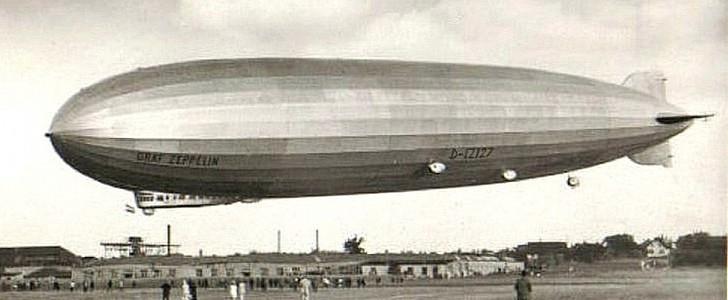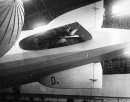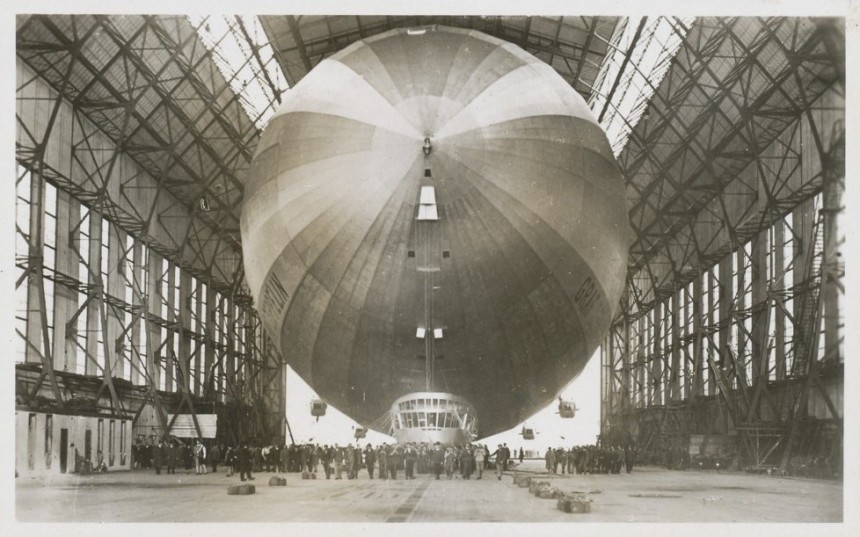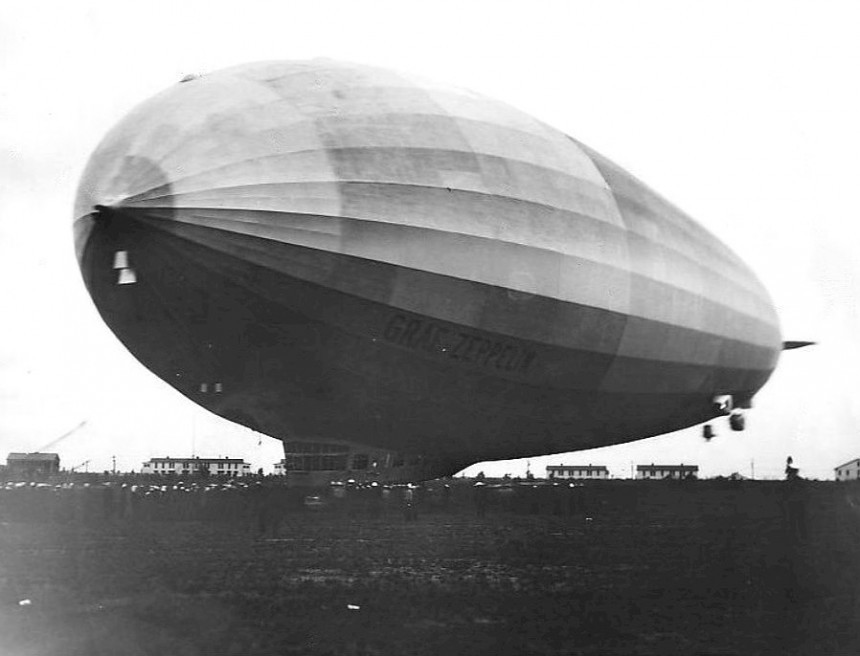It can be hard to believe it in hindsight. But before the 1940s, the relationship between Germany and the United States wasn't all that different from any other influential European country. That's why, 93 years ago to the date, the German LZ 1127 Graf Zepplin rigid airship would use a point on American soil to disembark on an unprecedented voyage.
A journey that little over a decade later, the U.S. most likely wished it never had a thing to do with. This is the story of a rigid airship's first circumnavigation of the Earth. It is the story of LZ 127, the Graf Zeppelin, a ship that derived its name from an old German noble title. The king of the famed Zeppelin family
Ferdinand von Zeppelin was a German inventor who, in many ways, helped give rise to a wealth of eccentric, brilliant, and sometimes twisted inventors in the later years the country would be defined by in the 20th century. An experienced military man with 36 years of service under his belt, he'd only devote his life to his passion for lighter than air vehicle travel in later life.
Legend has it that von Zepplin devised the idea for his future Luftschiffbau Zeppelin company during a trip to the U.S. as an observer with the Union Army during the U.S. Civil War. Doing so in a chance meeting with the American inventor Thaddeus S. C. Lowe, who envisioned manned balloons as the future of military surveillance. Over three decades, years later, with the help of fellow German engineer Theodor Kober, von Zepplin's first experimental rigid airship, the LZ 1, took to the skies. Spawning a lineage that gave but both the Hindenburg and the LZ 127 Graf Zepplin.
First taken to the skies on September 18th, 1928, LZ 127 was one of the final hydrogen airships ever constructed in Germany. The eternally tragic Hindenberg disaster and the coming World War all but assured this fate. But for a brief period between the late 20s and mid to late 1930s, all eyes in aviation deviated ever so slightly away from airplanes and marveled at lighter-than-air titans of the sky.
There likely wasn't much to do most of the time for residents near the Lakehurst Maxfield Field in Ocean County, New Jersey, in between New York City and Philadelphia in the summer of 1929. That would explain why a proverbial sea of what must have been tens of thousands gathered to watch the 236.6-meter (776 ft 3 in) long, 30.5-meter (100 ft 1 in) wide, and 33.5-meter (109 ft 11 in) tall leviathan of a machine take off that bright August afternoon.
In fairness, such a show would probably still draw a crowd today, just with more people holding cell phones and streaming to their Instagram followers instead of people in funny hats and overcoats. The American newspaper mogul, business, and fervent anti-cannabis lobbyist William Randolph Hearst paid for the journey in part. Hearst was notorious in the early 1900s for funding grand journeys of aviation that stretched the limits of aeronautical technology of the day.
From New Jersey, Graf Zepplin LZ 127 traveled due east. Its five Maybach V-12 engines propelled it at a steady speed of 60 miles per hour (97 kph). The 560 horsepower engines were so efficient and powerful that even the Americans bought eight of them each for both of their U.S. Navy airships, the USS Acron and USS Macon.
With stops back in Germany, the Soviet Union, and Japan, the ship returned to U.S. soil via San Francisco. LZ 127 landed back at Lakehurst on August 29th, completing the trip in 21 days, five hours, and 31 minutes. The ship was used as a propaganda tool by the rising power in Germany, the Nazi party, in the later years of its life.
That was before the aforementioned Hindenburg disaster left the ship as less than an effective propaganda tool. It was scrapped in an effort to garner more materials for military aircraft production in March 1940. Never again would airships of any kind command the same respect in the sky as at this one point in the late 1920s.
Ferdinand von Zeppelin was a German inventor who, in many ways, helped give rise to a wealth of eccentric, brilliant, and sometimes twisted inventors in the later years the country would be defined by in the 20th century. An experienced military man with 36 years of service under his belt, he'd only devote his life to his passion for lighter than air vehicle travel in later life.
Legend has it that von Zepplin devised the idea for his future Luftschiffbau Zeppelin company during a trip to the U.S. as an observer with the Union Army during the U.S. Civil War. Doing so in a chance meeting with the American inventor Thaddeus S. C. Lowe, who envisioned manned balloons as the future of military surveillance. Over three decades, years later, with the help of fellow German engineer Theodor Kober, von Zepplin's first experimental rigid airship, the LZ 1, took to the skies. Spawning a lineage that gave but both the Hindenburg and the LZ 127 Graf Zepplin.
There likely wasn't much to do most of the time for residents near the Lakehurst Maxfield Field in Ocean County, New Jersey, in between New York City and Philadelphia in the summer of 1929. That would explain why a proverbial sea of what must have been tens of thousands gathered to watch the 236.6-meter (776 ft 3 in) long, 30.5-meter (100 ft 1 in) wide, and 33.5-meter (109 ft 11 in) tall leviathan of a machine take off that bright August afternoon.
In fairness, such a show would probably still draw a crowd today, just with more people holding cell phones and streaming to their Instagram followers instead of people in funny hats and overcoats. The American newspaper mogul, business, and fervent anti-cannabis lobbyist William Randolph Hearst paid for the journey in part. Hearst was notorious in the early 1900s for funding grand journeys of aviation that stretched the limits of aeronautical technology of the day.
From New Jersey, Graf Zepplin LZ 127 traveled due east. Its five Maybach V-12 engines propelled it at a steady speed of 60 miles per hour (97 kph). The 560 horsepower engines were so efficient and powerful that even the Americans bought eight of them each for both of their U.S. Navy airships, the USS Acron and USS Macon.
That was before the aforementioned Hindenburg disaster left the ship as less than an effective propaganda tool. It was scrapped in an effort to garner more materials for military aircraft production in March 1940. Never again would airships of any kind command the same respect in the sky as at this one point in the late 1920s.









